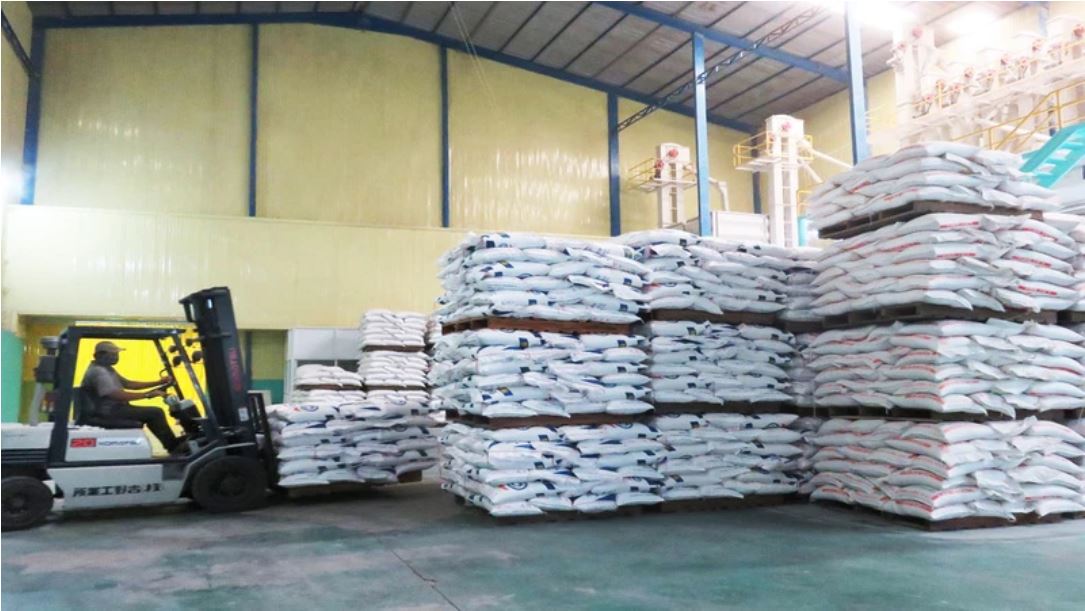ASEAN is a potential market for Vietnamese agricultural, forestry and fishery export enterprises thanks to the rich and diverse consumer demand of this region. Potential products with much room for exploitation are rice, vegetables, coffee, etc.

Geographically, the ASEAN market is close, helping businesses save on freight costs and warehousing costs. These are great advantages in the context of logistics costs to many regions around the world increasing sharply as they are now.
Growth prospects
According to the Institute of Policy and Strategy for Agricultural and Rural Development, in the first 5 months of 2024, Vietnam’s rice exports to ASEAN countries reached 3 million tons, with a turnover of 1.8 billion USD, reaching 67.4% of the turnover and 60.1% of the volume in 2023; Fruit and vegetable exports reached 136.9 million USD, reaching 44.1% of the turnover in 2023; coffee export value reached 396.8 million USD, reaching 78% of the turnover in 2023 with a volume of 104.8 thousand tons. Also in the first 5 months of 2024, seafood exports reached 225.6 million USD, reaching 33.5% of the turnover in 2023.
Trade Counselor, Vietnam Trade Office in the Philippines Phung Van Thanh said that the Philippines is a large rice consumer and one of the leading rice importers in the world. In recent years, the Philippines’ annual rice imports have always been high, reaching a record 3.82 million tons in 2022.
According to statistics from the Department of Crops (Ministry of Agriculture of the Philippines), if in the first 6 months of 2023, the total rice imports of the Philippines reached 1.86 million tons, then in the first 6 months of 2024, this figure was 2.32 million tons, an increase of 24.7%.
This forecasts that the total rice imports of the Philippines in 2024 could reach more than 4 million tons, even up to 4.5 million tons. This is a great opportunity for Vietnamese rice exporting enterprises to boost exports to this market. In the first 6 months of 2024, the Philippines imported 1.72 million tons of rice from Vietnam. This was followed by imports from Thailand with a volume of 352,331 tons.
For decades, the Philippines has been an important country supplying coconut and coconut products to the global market, especially the European, American, Japanese and Chinese markets. The annual export value of coconut products from the Philippines reaches over 2 billion USD. Therefore, according to the Vietnam Trade Office in the Philippines, the two sides have a lot of potential to cooperate, exchange and learn from each other’s experiences.
Although Philippine coconut products have dominated and established a foothold in the domestic and international markets, many Vietnamese coconut or coconut products also have the potential to penetrate the Philippine market.
In the coming time, the Vietnam Trade Office in the Philippines and the Vietnam Coconut Association will have programs to introduce, promote and seek partners for Vietnamese coconut products in the Philippine market.
According to Mr. Cao Xuan Thang – Commercial Counselor, Vietnam Trade Office in Singapore, to increase sustainable market share, improve the ranking and export value of Vietnam’s seafood to Singapore, Vietnamese enterprises need to continue to improve the quality of seafood products.
Besides, conflicts in some regions of the world also cause shipping costs to increase sharply. Vietnam needs to take advantage of logistics to reduce costs, creating a greater competitive advantage in exporting agricultural products.
Currently, the Vietnam Trade Office in Singapore is actively connecting with Vietnamese seafood businesses to provide information on products that Singaporean importers are looking for; connecting with the Singapore Seafood Industry Association to support connections with Vietnamese businesses. Supporting businesses to participate in trade fairs and exhibitions, increasing the presence of Vietnamese goods in the area. At the same time, there are continuous dialogue activities with Vietnamese businesses, including the participation of seafood exporting businesses to share experiences in accessing the market and recommend improving product quality and product designs to maintain the reputation of Vietnamese seafood in the Singapore market.
Source: https://nhandan.vn/thi-truong-asean-la-diem-den-cua-nhieu-nong-san-viet-nam-post820854.html
